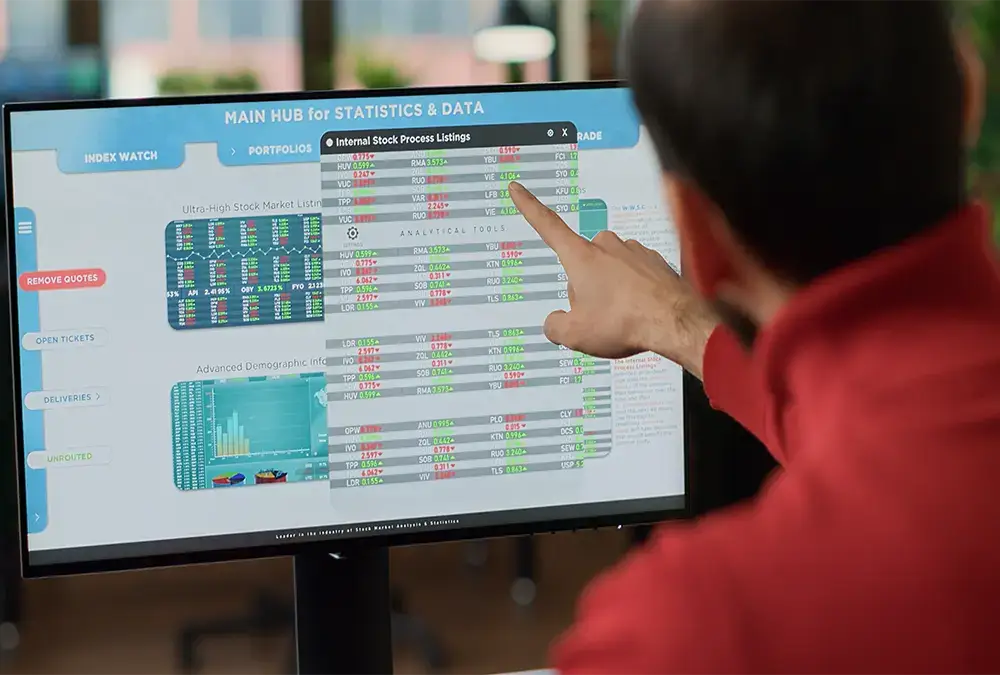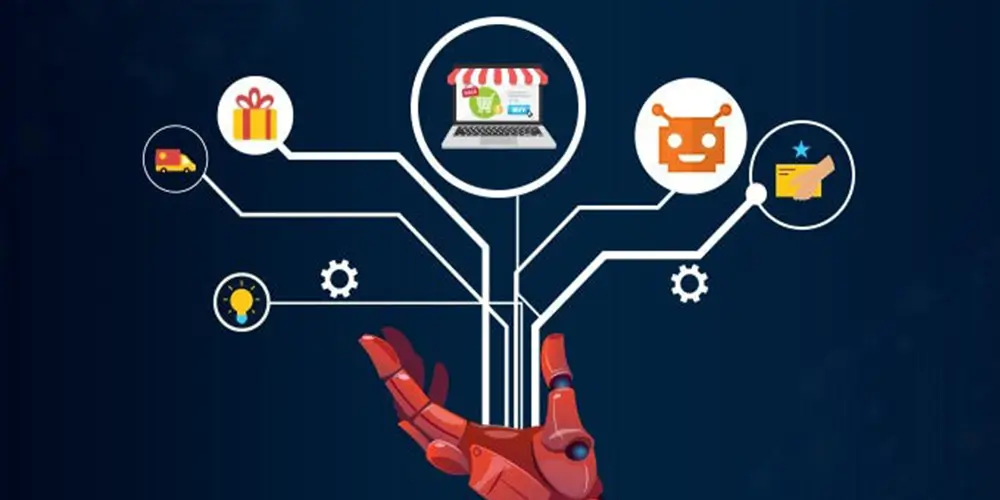
The landscape of work has undergone a seismic shift with the advent of remote work, accelerated by global events that forced companies to rapidly adapt their operations. What began as a response to necessity has evolved into a significant transformation in how work is structured and conducted. The rise of remote work, facilitated by technological advancements, has given birth to the concept of hybrid workforces—a paradigm that blends the benefits of remote and in-person work. In this comprehensive exploration, we’ll delve into the world of the remote work revolution and the emergence of hybrid workforces, exploring their implications, benefits, challenges, and strategies to navigate this new era of work.
The Remote Work Revolution: Redefining Work as We Know It
Remote work refers to the practice of employees performing their job tasks outside the traditional office environment, often from their homes or other remote locations.
The Evolution of Remote Work
Necessity Driven: The COVID-19 pandemic compelled organizations to rapidly adopt remote work to ensure business continuity.
Technological Enablers: Advancements in digital communication tools and cloud technology made remote work feasible.
Work-Life Flexibility: Remote work offers employees greater control over their work-life balance.
Productivity Insights: Remote work spurred discussions on productivity and the impact of the traditional office environment.
The Emergence of Hybrid Workforces
Hybrid Work Defined: Hybrid workforces combine remote and in-person work, giving employees the flexibility to choose where and how they work.
Adapting to Diversity: Hybrid work accommodates diverse employee preferences and needs.
Talent Access: Employers can tap into a global talent pool without geographical constraints.
Innovation and Collaboration: Hybrid work can foster innovative thinking and dynamic collaboration.
Benefits of Hybrid Workforces
Flexibility: Employees have the autonomy to choose the work environment that suits them best.
Work-Life Balance: Hybrid work promotes a healthier work-life balance, reducing commuting stress.
Talent Retention: Providing flexibility can enhance employee satisfaction and retention.
Real Estate Savings: Companies can save on office space and related costs.
Challenges and Considerations
While hybrid work offers numerous advantages, it also comes with challenges that need to be navigated.
Communication: Balancing communication between remote and in-person employees.
Equity: Ensuring that remote employees have equal access to opportunities and resources.
Company Culture: Maintaining a strong company culture in a hybrid work environment.
Productivity Monitoring: Evaluating performance fairly in a hybrid setup.
Navigating the Future of Work: Strategies for Success
As organizations embrace hybrid workforces, certain strategies can enhance the transition.
Flexible Policies: Establish clear remote work policies that accommodate various work arrangements.
Technology Investment: Invest in reliable communication and collaboration tools for seamless remote collaboration.
Communication: Foster open and transparent communication across remote and in-person teams.
Empathy and Inclusivity: Prioritize the well-being and inclusion of all employees, regardless of their work location.
Embracing the Flexibility of Hybrid Work
The remote work revolution has ushered in a new era of work—one where flexibility, adaptability, and innovation take center stage. The rise of hybrid workforces signals a departure from traditional norms and invites organizations to rethink their approaches to work and talent management. As we navigate this transformative period, let us remember that the future of work is not confined to physical office space but is shaped by the seamless integration of remote and in-person work. Whether you’re an employer leading a team, an employee seeking greater work-life balance, or simply curious about the future of work, remember that the remote work revolution is not just a trend—it’s a paradigm shift that offers boundless opportunities to reimagine the way we work, collaborate, and thrive.














